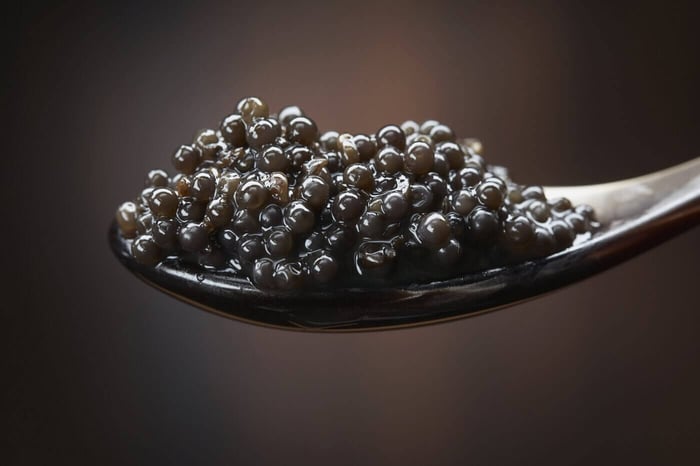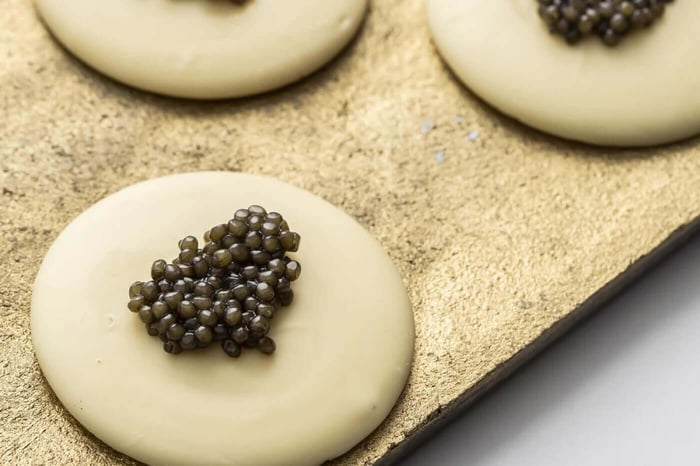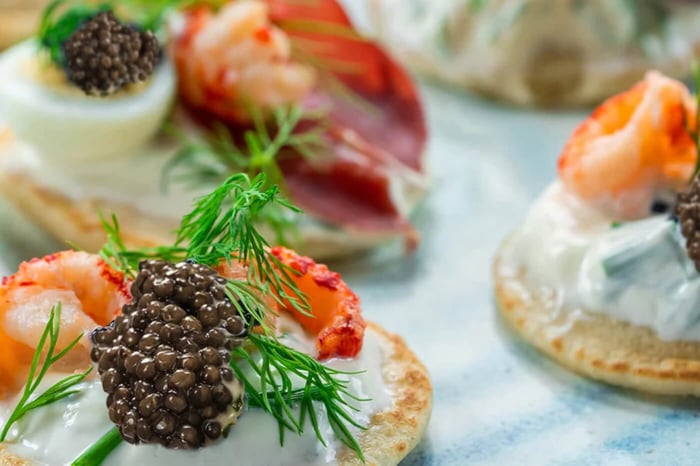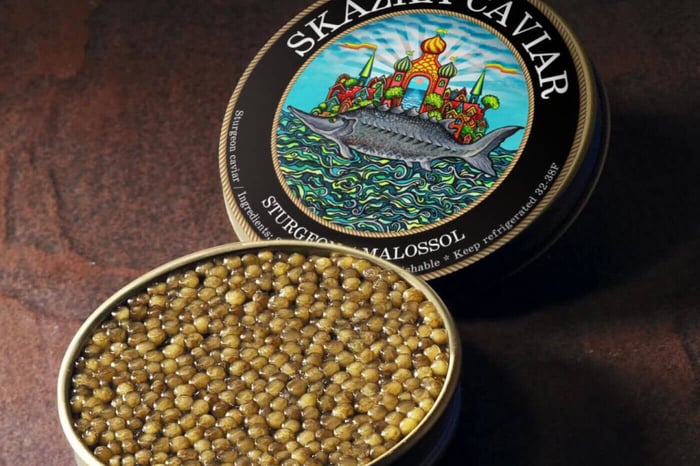 For centuries, caviar has symbolized wealth, refinement, and exclusivity, often enjoyed only by royalty, aristocrats, and the elite. Traditionally served in its purest form—pearls of sturgeon roe resting delicately on ice—it was revered as a delicacy that needed no embellishment. Yet, in today’s culinary landscape, caviar is undergoing a renaissance. Modern chefs around the world are reimagining this timeless luxury, pushing boundaries and blending tradition with innovation to make caviar more accessible, versatile, and relevant to contemporary tastes. This transformation is not only redefining how caviar is enjoyed but also reshaping its role in luxury dining.
For centuries, caviar has symbolized wealth, refinement, and exclusivity, often enjoyed only by royalty, aristocrats, and the elite. Traditionally served in its purest form—pearls of sturgeon roe resting delicately on ice—it was revered as a delicacy that needed no embellishment. Yet, in today’s culinary landscape, caviar is undergoing a renaissance. Modern chefs around the world are reimagining this timeless luxury, pushing boundaries and blending tradition with innovation to make caviar more accessible, versatile, and relevant to contemporary tastes. This transformation is not only redefining how caviar is enjoyed but also reshaping its role in luxury dining.
A Brief History of Caviar’s Prestige
Caviar’s allure dates back to ancient civilizations, where it was prized by Persian kings and Russian tsars as a divine food. Over time, European nobility adopted it as a symbol of sophistication, and by the 19th century, it had become synonymous with opulence in the West. Traditionally, it was savored alone, accompanied only by blinis, crème fraîche, or champagne, emphasizing purity over experimentation. This storied history cemented caviar as a gastronomic jewel, reserved for the world’s most exclusive tables. However, as global palates evolve, modern caviar trends are moving away from rigid traditions, celebrating its versatility in ways that honor heritage while embracing innovation.
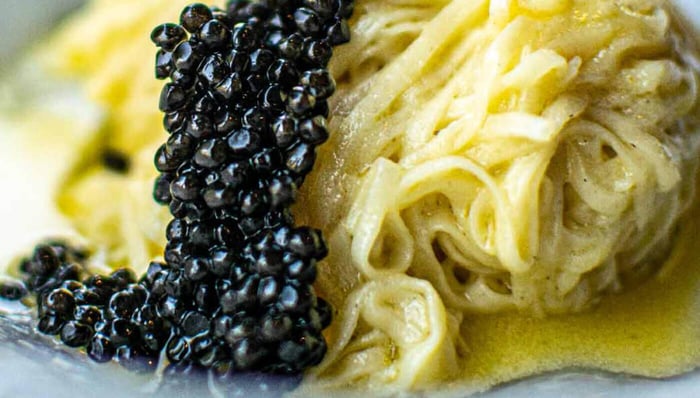
Read: Caviar-Based Sauces: Recipes to Elevate Your Meals
Sustainability and the Rise of Farmed Caviar
One of the most significant drivers of the caviar renaissance is the shift toward sustainability. Overfishing in the Caspian Sea once threatened wild sturgeon populations, leading to stricter regulations and a decline in supply. Today, aquaculture has revolutionized the caviar industry, allowing farms across Europe, Asia, and the Americas to produce high-quality roe while protecting endangered species. This shift not only makes caviar more accessible but also empowers chefs to work with diverse varieties, experimenting with textures and flavors previously unattainable. Modern consumers, increasingly concerned with ethical sourcing, are drawn to sustainable caviar, making eco-friendly practices an essential part of its modern identity.
Gourmet Pairings: Caviar Meets Unexpected Flavors
Perhaps the most striking aspect of modern caviar trends is its pairing with unexpected ingredients. No longer confined to the classic champagne flute or toast point, chefs are pairing caviar with street food staples, bold flavors, and global cuisines. From topping wagyu sliders with a spoonful of roe to sprinkling it over sushi, tacos, or even pizza, caviar is stepping outside its formal confines. These daring gourmet pairings highlight its ability to enhance both humble and haute dishes, offering bursts of umami and salinity that elevate familiar flavors. This democratization of caviar not only surprises diners but also demonstrates its adaptability across cultural and culinary boundaries.
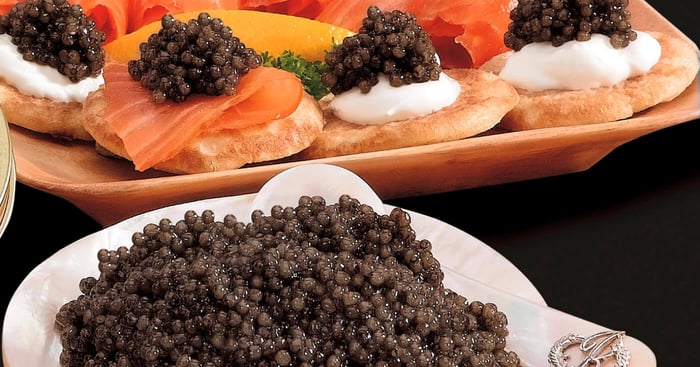
Read: Caviar and Hospitality: How Hotels Offer the Ultimate Experience
Technology and Innovation in Modern Caviar
Technology is playing a pivotal role in shaping the future of caviar. Advanced aquaculture techniques ensure precise control over water quality, diet, and harvesting, resulting in roe that rivals or even surpasses wild-caught caviar in consistency and flavor. Meanwhile, kitchen technology enables chefs to experiment with caviar in new forms, from freeze-dried pearls to infused variations that carry hints of truffle, citrus, or smoke. Molecular gastronomy has also expanded its applications, allowing chefs to create caviar-inspired spheres from other ingredients, blurring the line between tradition and reinvention. These innovations ensure that caviar remains relevant in a rapidly evolving culinary landscape while still honoring its legacy.
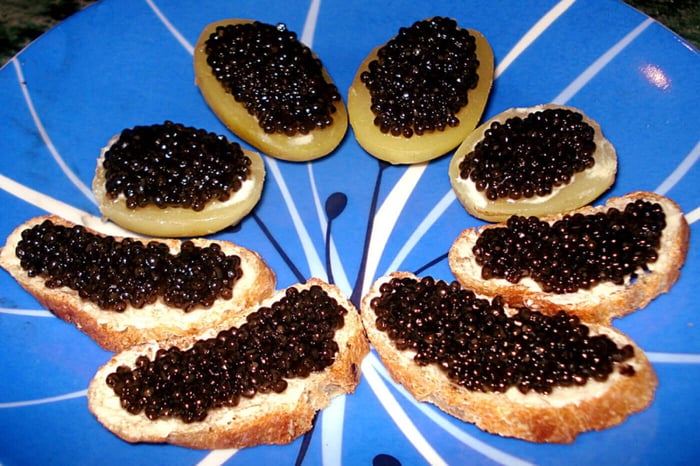
Caviar as a Storytelling Ingredient in Luxury Dining
Modern chefs increasingly see caviar not just as an ingredient but as a medium for storytelling. By integrating it into tasting menus, they weave narratives about culture, history, and personal creativity. A chef may serve caviar atop a locally sourced potato chip to reflect regional pride, or pair it with seasonal vegetables to highlight sustainability and terroir. Others reinterpret traditional dishes from their heritage, using caviar to bridge the gap between luxury and authenticity. In this way, caviar becomes more than food—it becomes a conversation about luxury dining experiences, innovation, inclusivity, and identity. Diners are invited to savor not only the flavor but also the story behind the dish.
The Global Future of Caviar Cuisine
As caviar continues to evolve, its future in global cuisine looks more dynamic than ever. No longer an inaccessible relic of the past, it is poised to become a versatile ingredient that transcends borders and price points. High-end restaurants will continue to push creative boundaries, while casual eateries experiment with integrating caviar into everyday dining experiences. Moreover, the growing influence of plant-based and sustainable dining may inspire alternative “caviars” crafted from vegetables or seaweed, broadening its appeal to new demographics. This democratization, combined with technological advances and a globalized palate, suggests that caviar’s renaissance is only beginning, with endless possibilities ahead.
Conclusion
Caviar’s journey from the tables of royalty to the kitchens of innovative chefs represents more than just a culinary trend—it reflects a broader shift in how we view luxury, tradition, and creativity. By embracing sustainability, experimenting with gourmet pairings, leveraging technology, and using caviar as a storytelling tool, modern chefs are breathing new life into a centuries-old delicacy. The result is a renaissance that makes caviar both timeless and timely, bridging the gap between history and innovation. As this evolution continues, caviar’s role in luxury dining and global cuisine will only expand, ensuring that this once-exclusive treasure remains a symbol of indulgence, imagination, and cultural connection for generations to come.
About the Author
 Igor Fishbeyn - Caviar Purveyor
Igor Fishbeyn - Caviar Purveyor
Igor Fishbeyn is purveyor of fine sturgeon caviar and creator of the Skazka Caviar brand. He is an expert with decades of experience specializing in importing, wholesaling, and retailing the finest quality caviar in the world. Igor frequently writes about caviar news and various topics about the caviar industry. He lives in San Francisco with his wife and daughter.
Shop Skazka Caviar
Browse Our Exclusive Caviar Collection
[dib_prod_5322279944351] [dib_prod_5322391584927] [dib_prod_5322633216159][dib_prod_5322609590431]
Shop Caviar By Type
Shop Black Caviar | Shop Red Caviar | Shop Caviar Accessories
Shop Beluga Caviar | Shop Kaluga Caviar | Shop White Sturgeon Caviar
Shop Osetra Caviar | Shop Salmon Roe | Shop Albino Sturgeon Caviar

